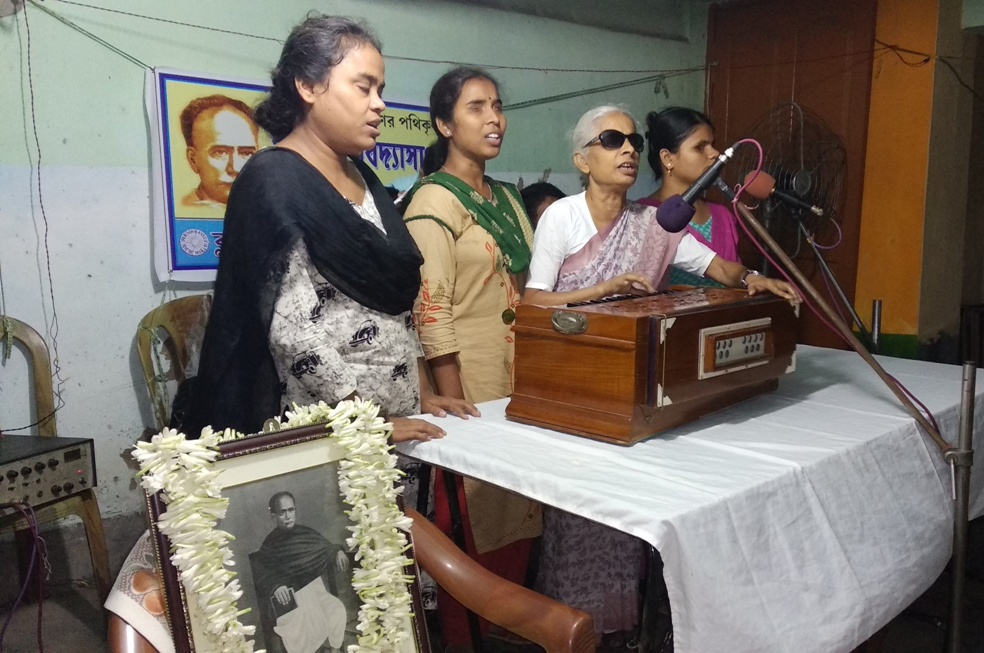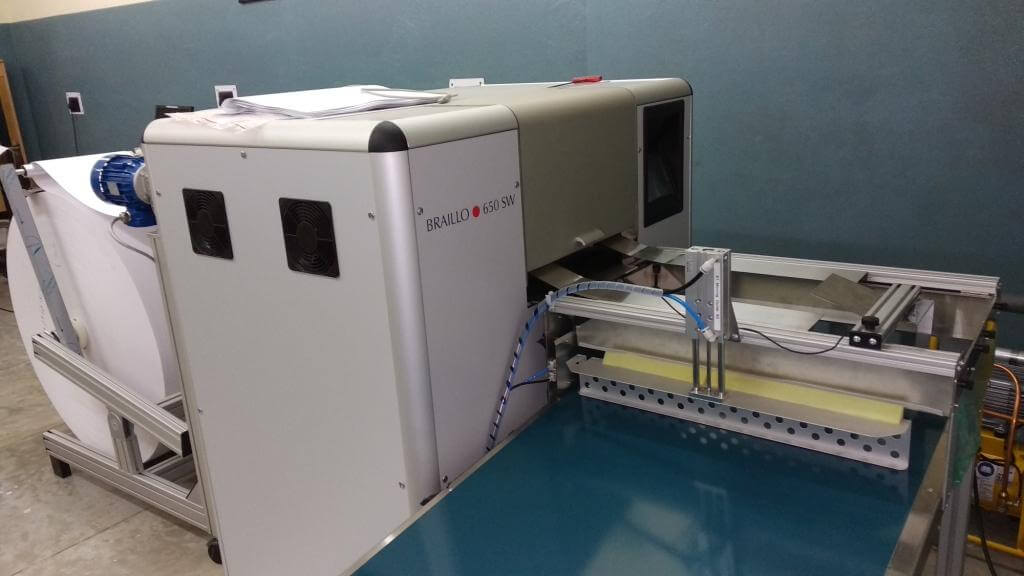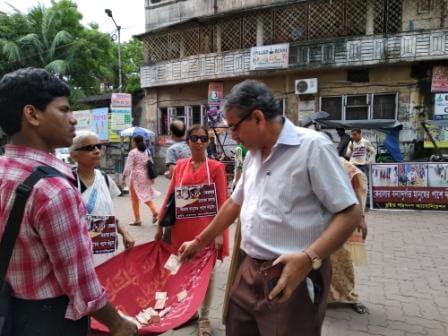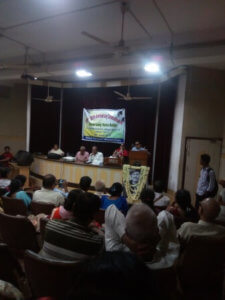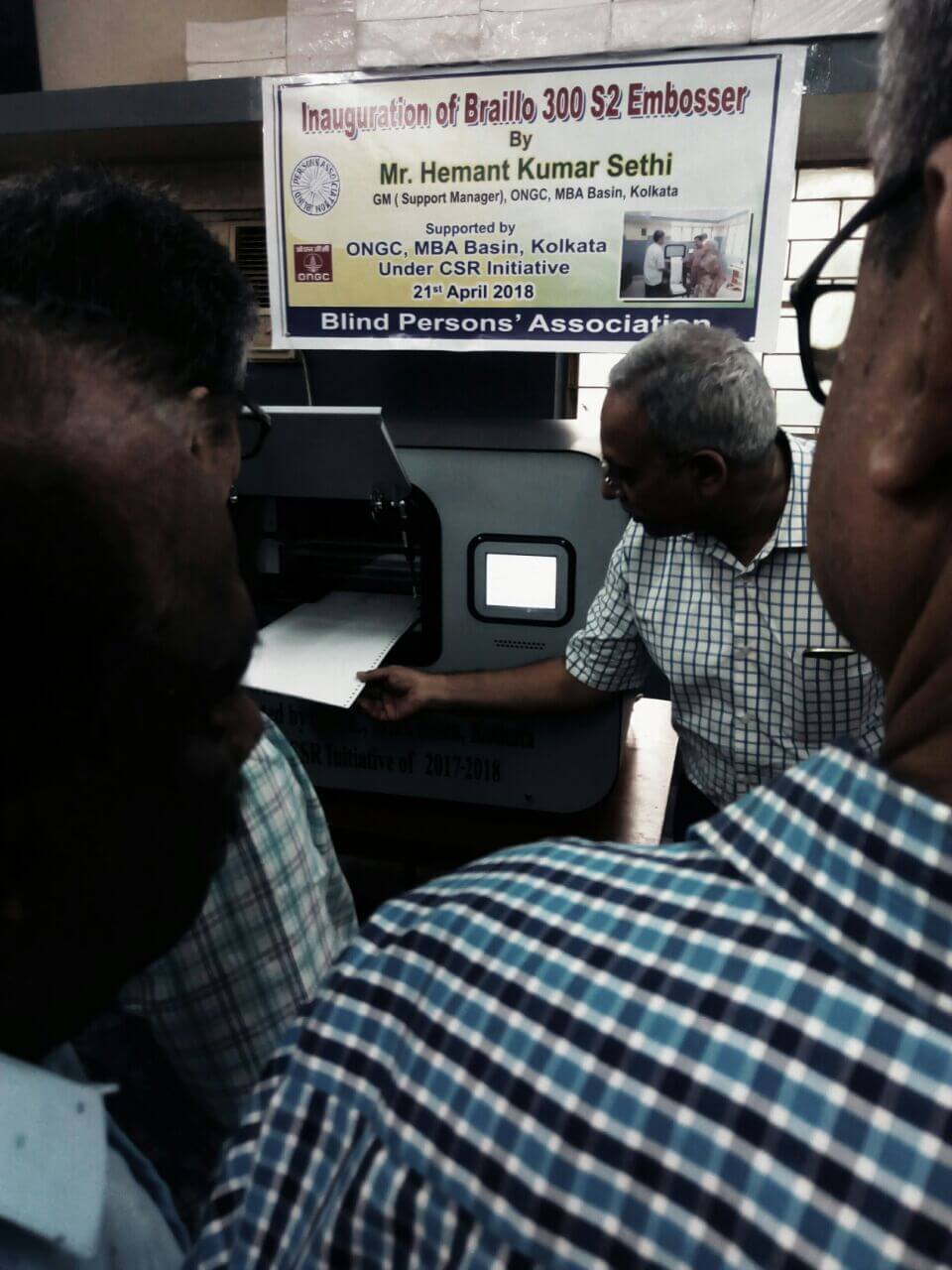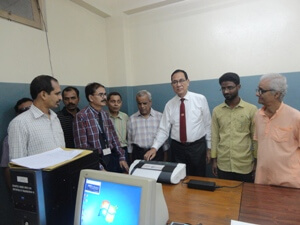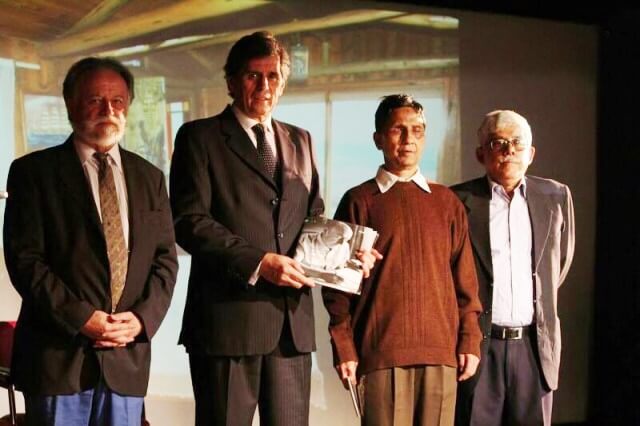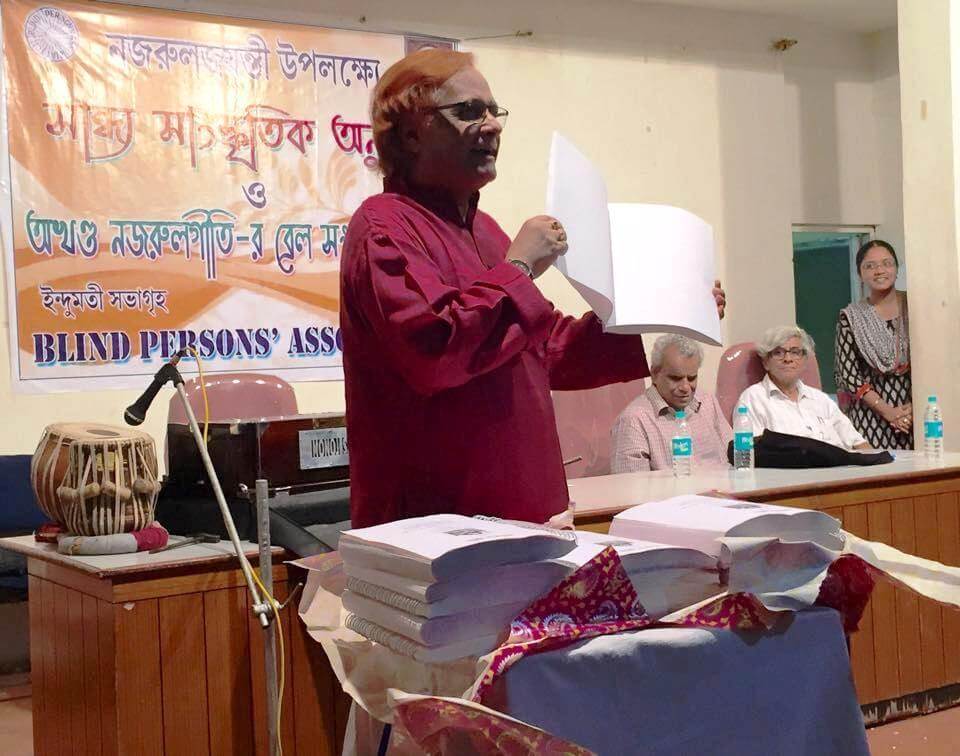Product details
February 18, 2019
Language: English
Book Review
Helen Keller biography may be one of the most read biographies in the world. Her first autobiography, “The Story of My Life” has been translated in many languages and is now available as a free gift from many sites. She wrote another biography, “Midstream” and most of her other works like “My Religion” or “Teacher” have a lot of biographical elements. Still her first autobiography continues to be read and admired. One reason behind it must be the description of her learning language, the first word or name “water” with actual water streaming down her palm from the pump.
This sole incident made her and her teacher (Anne Sullivan) famous. Although Helen Keller became a social and political activist and an international figure in her later years, the incident never lost its significance. Only she could be the heroine of the films like “The Unconquered” or “The Miracle Worker”. Kim E. Nielsen has examined Helen Keller’s Life, the mythical associations with her in her book “The Radical Lives of Helen Keller” and this is our new Braille book.
Nielsen observes that the small town Tuscumbia, Helen Keller’s birthplace, has earned a place in the tourism map with the Tuscumbia festival and Tuscumbia memorial where tourists collect Helen Keller souvenirs. One of its chief attractions is “the live performances of The Miracle Worker that take place every weekend all summer long. Behind the Keller house is a permanent stage and seating area of approximately eighty folding chairs and uncomfortable high school-like bleachers. As is usual with this play, members of the audience have difficulty deciding with whom they are supposed to identify. The long dining room scene, in which Keller and Macy violently and messily battle over her mode of eating and table manners, contains no dialogue. Sometimes the audience laughed at the physical struggles and food flying between the pair. … The story, of course, ends with the climactic moment at the pump. In that moment, Miss Sullivan breaks through the wall of the young Helen’s disability. By acquiring language, the child becomes human. Her family rejoices. The story ends. Some of the china will remain intact. Audience members have another opportunity to purchase their three-inch replicas of the pump.”
Helen Keller is remembered for overcoming her multiple physical disabilities. This is one reason why we, the disabled people, recall her. But her fight does not end in learning language, as one might get the impression from these productions. She wanted to help others right from her childhood. She joined the Socialist Party in 1909. It was part of what Joseph Lash (another of her biographers) called “intellectual earthquake” that shook her household that year. She followed thousands of workers, intellectuals, farmers, wealthy, and indigent, inspired by the compelling leadership of Socialist Party President Eugene V. Debs. When explaining how she became a socialist, she said, “By reading,” and cited the “book-friend” H. G. Wells’s New Worlds for Old. Theories of social and individual progress attracted her like college students of her age.
Wells’s explanation of socialism as “a great intellectual process” resulting in “a project for the reshaping of human society upon new and better lines” appealed to her faith in intellect and human effort. And she was a good socialist. After reading one of her essays, Industrial Workers of the World (IWW) strike organizer and hero, Arturo Giovannitti, a close friend of John Macy, praised her. “She has grasped the full meaning of the socialist movement as well as any grizzled strategos of the class war,” he said.
Helen Keller followed German politics with great trepidation. She knew of and feared Hitler earlier than most Americans. When Nazi students burned books exemplifying “the un-German spirit” in 1933—and included hers in the bonfire—she responded quickly with a letter released through the Associated Press, stating emphatically that ideas could not be destroyed. In 1934, she “sharply rebuked” Hitler and Mussolini for their militarism and ideologies of hate, saying that she continually followed the news until “my fingers refuse to go on and I shudder and quit.” She feared what the rise of Hitler would mean for Jews and people with disabilities. Her Associated Press statement of 1933 included the warning to Nazi students that “do not imagine your barbarities to the Jews are unknown here. God sleepeth not, and He will visit His judgment upon you.”
Helen Keller is famous for transcending, overcoming, leaving her body and all its limitations behind. This image robs her at the same time of human-ness. She is idolised as a saintly and pure virgin, perhaps asexual. She fell in love, and by falling in love, she personally ran up against her family. In 1916 she and a finger-spelling fellow socialist, Peter Fagan, made secret plans to marry in November. About the time she had met Fagan, in June 1916, thirty-six-year-old Helen gave an unusual and almost flippant interview to the Chicago Tribune on love and marriage. She refused to give the specifics of her romantic life. She insisted that marriage was essential to civic health, since “there is no greater service to the state than a woman/s gift of a child.”
Kim E. Nielsen regrets that in jokes and in conversation, Helen Keller sometimes is used, as a synonym for incompetence and the inability to function, to insult others. For example, when U.S. House Speaker Newt Gingrich wanted to insult special prosecutor Kenneth Starr in 1998, he called him “the Helen Keller of American politics.”
Helen Keller took part in a 1952 march in Paris when Louis Braille’s body was Taken from his native village Coupvray and freshly interned in the Pantheon on his death centenary. This book mentions it as the centenary of the invention of Braille system. This is an unexpected slip in a wonderful book like this. You will find elaborate details of her tour and activities in many countries like India.
The Radical Lives of Helen Keller is complete in three Braille volumes and available for INR 309 at paper cost. Visit our online catalogue of Braille books for student’s rate, purchase process and other titles of or on Helen Keller.

